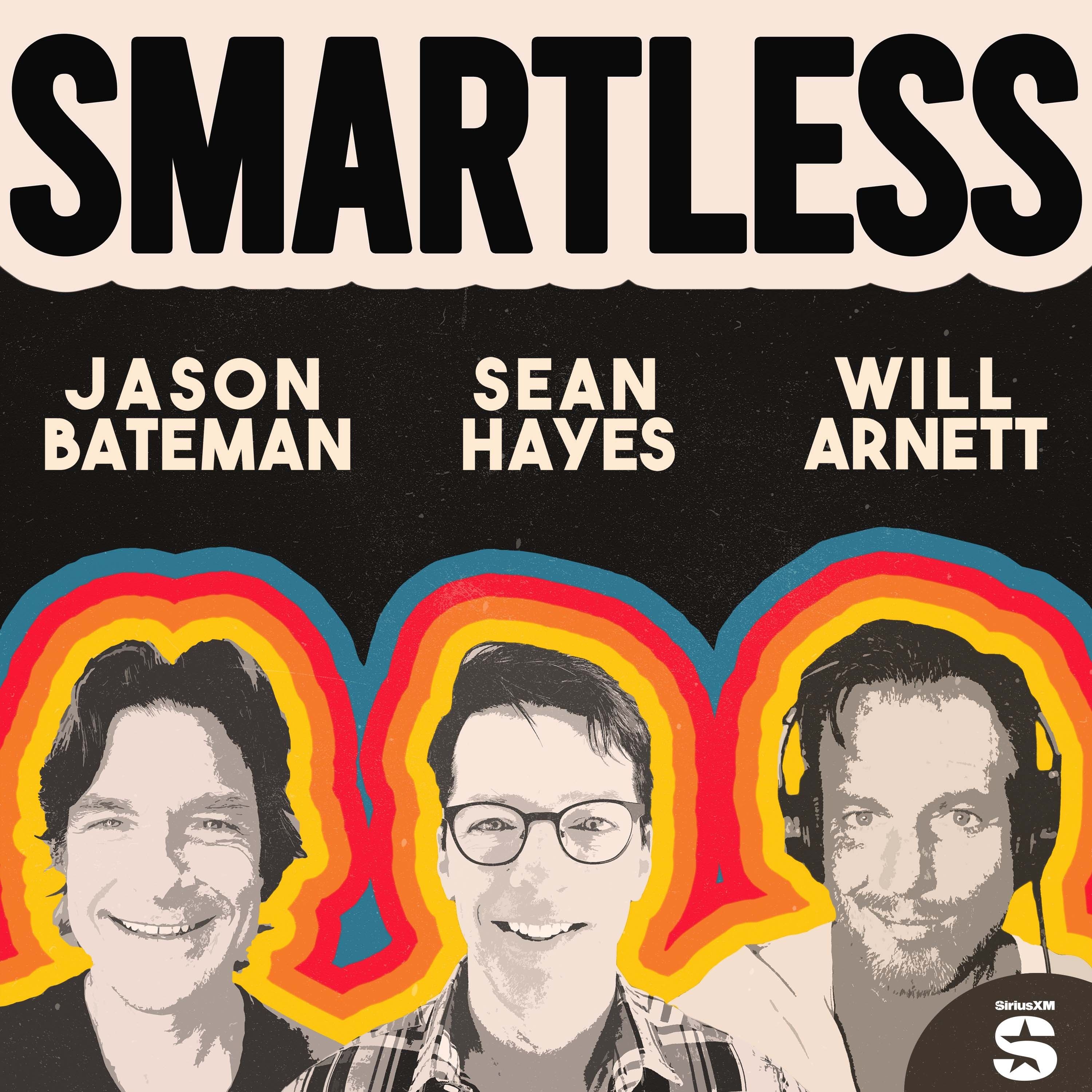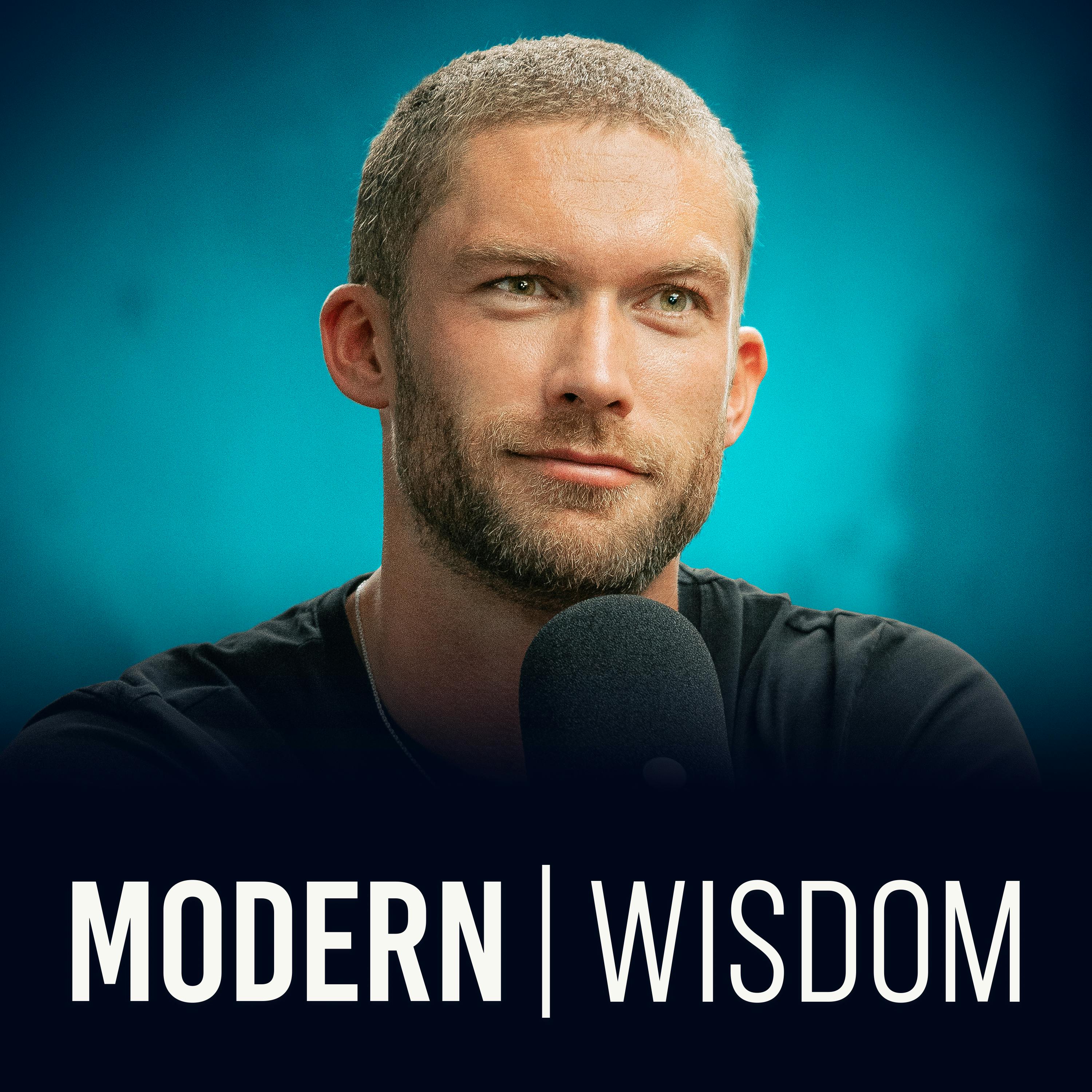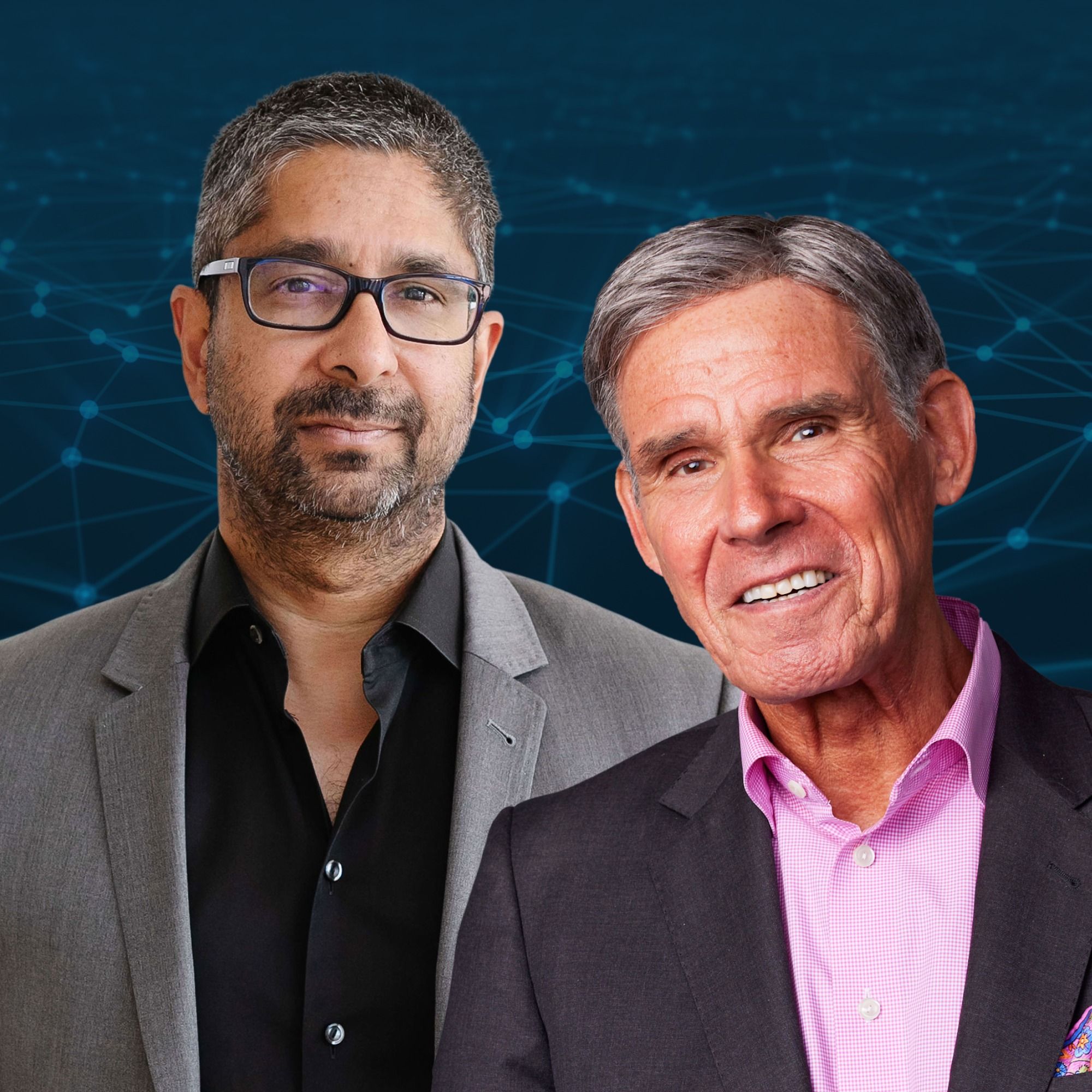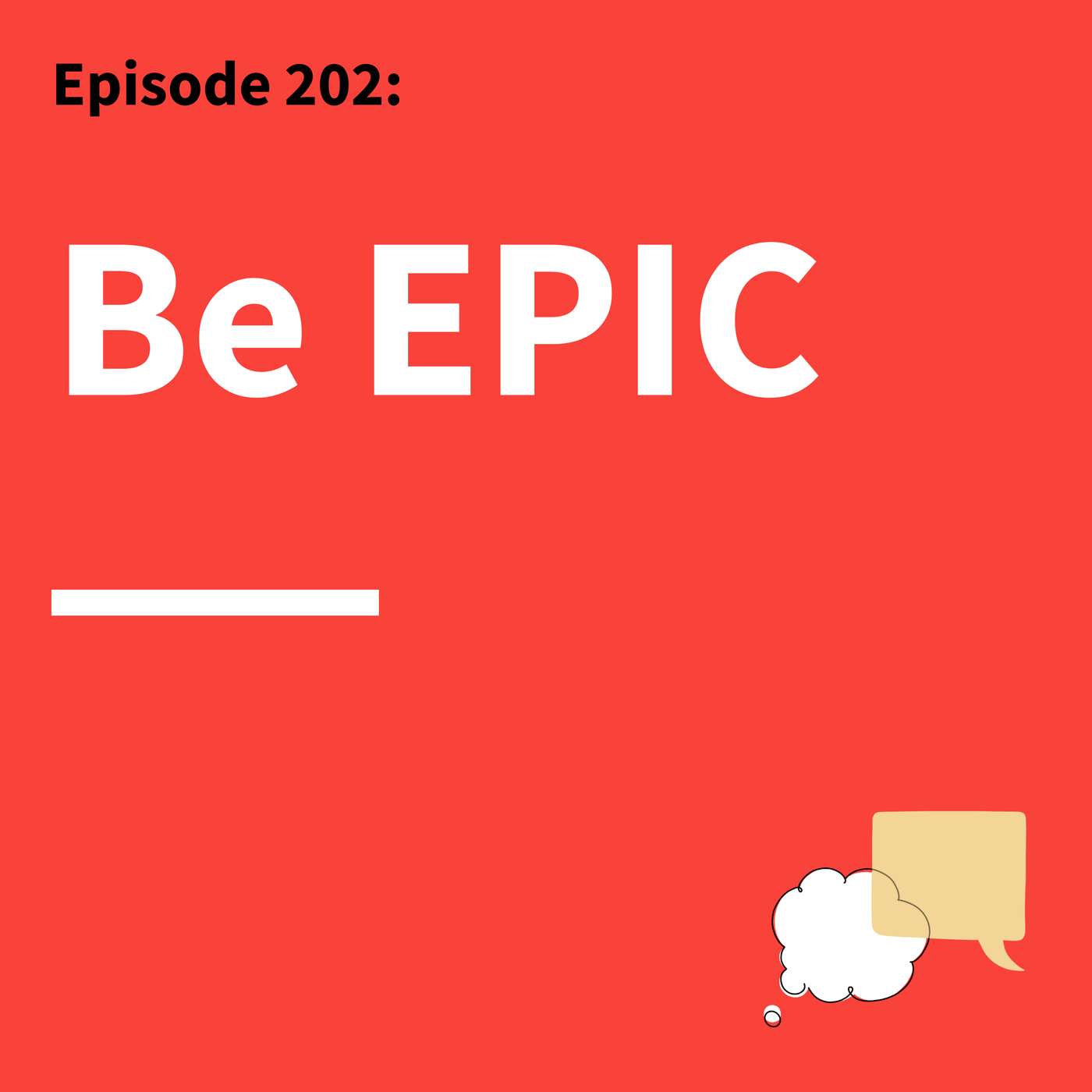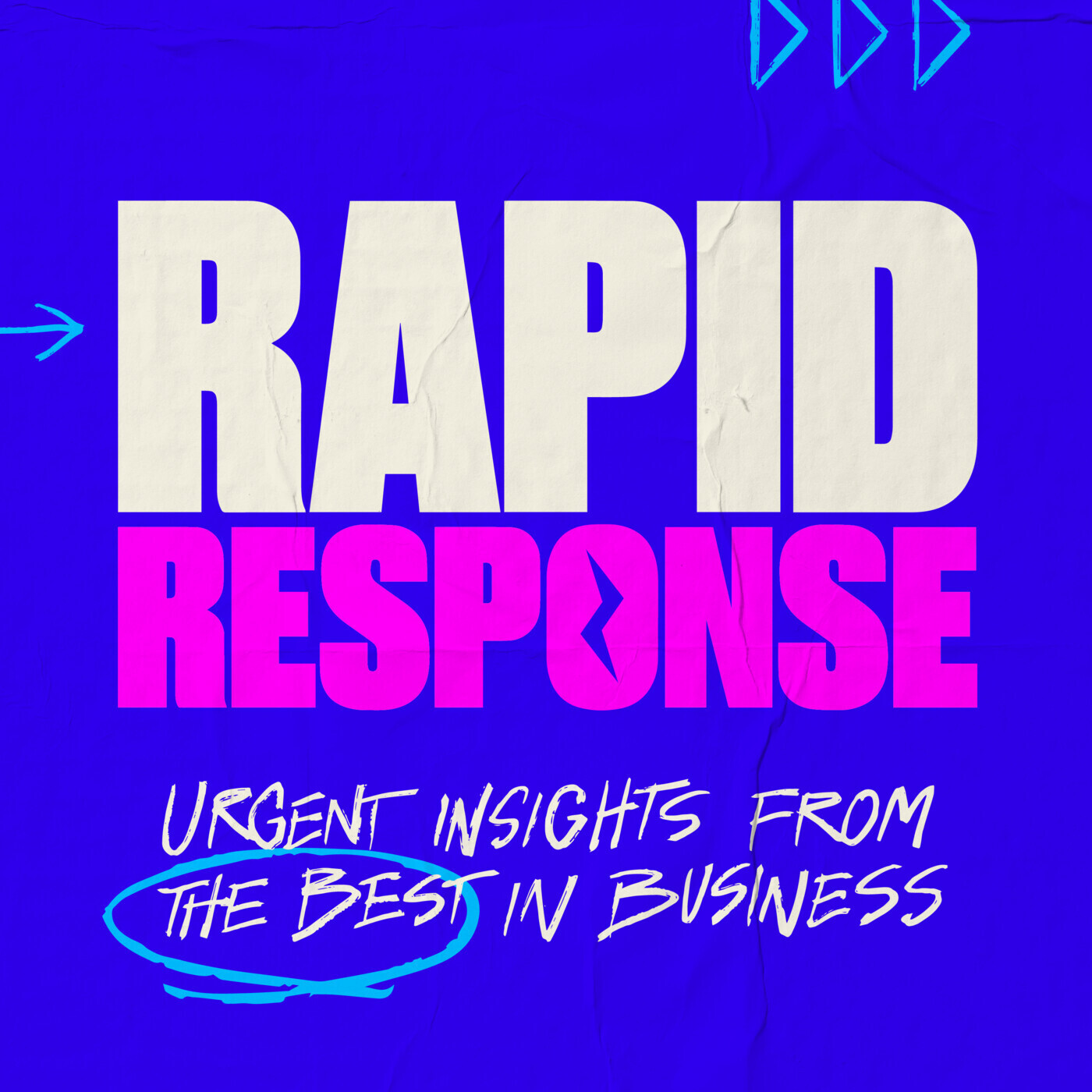Essentials: Understanding & Healing the Mind | Dr. Karl Deisseroth
In this episode of Huberman Lab Essentials, my guest is Dr. Karl Deisseroth, M.D., Ph.D., a clinical psychiatrist and professor of bioengineering and of psychiatry and behavioral sciences at Stanford University. We discuss his experiences as a clinician treating complex psychiatric conditions and his lab’s pioneering work in developing transformative therapies for mental illness. He explains the complexities of mental illness and how emerging technologies—such as optogenetics and brain-machine interfaces—could revolutionize care. We also explore promising new therapies, including psychedelics and MDMA, for conditions like depression and PTSD. Read the episode show notes at hubermanlab.com. Huberman Lab Essentials are short episodes focused on essential science and protocol takeaways from past full-length Huberman Lab episodes. Watch or listen to the full-length episode at hubermanlab.com. Thank you to our sponsors AG1: https://drinkag1.com/huberman David: https://davidprotein.com/huberman Eight Sleep: https://eightsleep.com/huberman Timestamps 00:00:00 Karl Deisseroth; Neurology vs Psychiatry 00:01:36 Speech; Blood Test?; Seeking Help 00:04:20 Feelings, Jargon; Psychiatric Treatment 00:09:40 Sponsor: David 00:10:55 Future Treatment; Vagus Nerve Stimulation, Depression, Optogenetics 00:19:40 Brain-Machine Interfaces 00:20:53 Sponsor: Eight Sleep 00:23:00 ADHD Symptoms, Lifestyle, Technology 00:29:34 Psychedelics, Depression Treatment, Risks 00:35:43 Sponsor: AG1 00:37:30 MDMA (Ecstasy), Trauma & Post-Traumatic Stress Disorder (PTSD) Treatment 00:40:33 Projections: A Story of Human Emotions Book, Optimism Disclaimer & Disclosures Learn more about your ad choices. Visit megaphone.fm/adchoices


